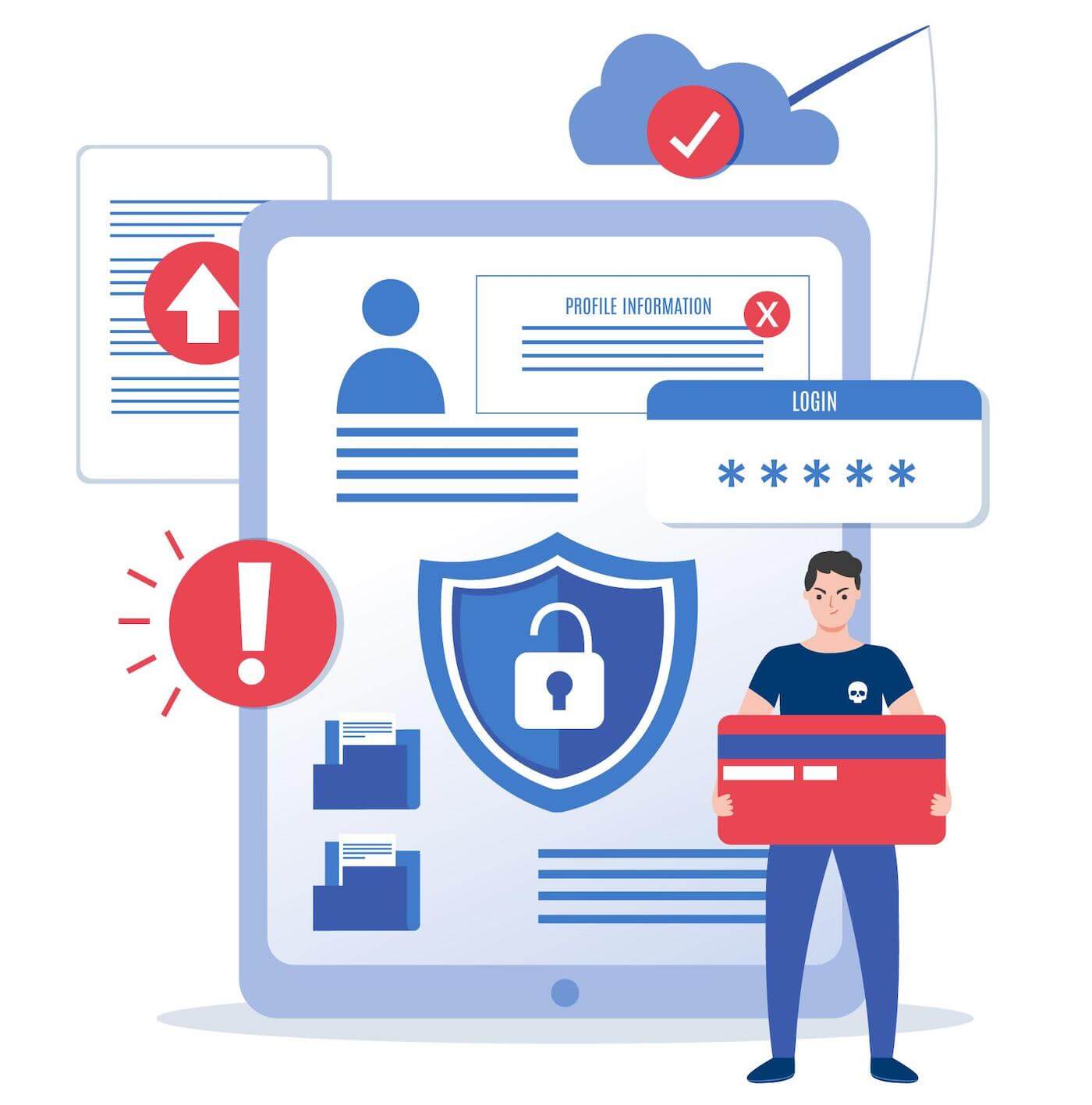Is My Company Secure With Remote Workers?
More and more businesses are experiencing remote workers. Whether they made the shift to work from home in recent years or have been doing it for a while, it’s important to understand if your company is safe with remote workers.
It’s possible to have high security with remote workers, but you have to make sure that this is the case. It won’t happen automatically! Here’s what you need to know when it comes to company security and remote teams. And why you need to adopt employee monitoring as extended endpoint security and data protection.
Data Security Concerns With Remote Teams

Security is a concern with every business. But when it comes to remote teams, managers have to spend more time ensuring remote security.
What Are The Security Risks of Remote Working?
Data breaches are very common in remote teams, as is the case with in-house teams. The biggest difference between these types of data breaches is that they can’t take over the whole network.
Threat actors may still try to sneak into your remote workforce by stealing employee credentials through an email phishing attack or cloud hack. And from there, they can hide in your network and move around, laterally and stay hidden. This is one main reason for zero trust security, as it will prompt those with access to your network to reauthorize access at different checkpoints.
Is Working Remotely Secure?
In general, working remotely is not that secure. This is because the business has limited control over the network security parameters of remote employees. Additionally, the amount of vulnerabilities/endpoints multiplies when you have a remote environment. As you will have numerous remote employees, each will be using their own company computer or personal device, increasing the endpoints threat actors can access.
Because of this, you have to implement security for multiple endpoints, computers, and wi-fi connections. Your remote employees can let in threat actors when they use their mobile device on an unsecured network or use the same password over and over again. It can be simply hard to control this with remote work and most businesses do not have the capability to implement security for their employees. Securing your business can be challenging enough; remote companies have even greater challenges.
All of these factors make working remotely less secure than in-house options. Remote teams typically have poor home internet, poor firewall protection, and older computers. They are also less likely to update their security protocols or check for malware on their own as often as businesses would.
Ways Companies Can Boost Security With Remote Work
One of the easiest ways to improve security is to provide any remote team with company-issued computers. This is the best-case scenario if you have a team that normally goes in-house but works from home temporarily or for certain periods of time.
This may encourage you to create a better WFH setup, with IT monitoring your remote worker home set up or providing IT support through secure remote access.
How Do You Secure Remote Employees?
The best way to secure remote workers is to issue company computers. If you can’t provide company-protected computers, encourage security best practices and set up a secure remote worker protocol. This can require remote workers to commit to common security measures:
- Changing passwords frequently
- Requiring employees to use a strong password
- Using a password protected password manager
- Two or multi-factor authentication
- Ensuring secure access to employee networks
- Prompting security questions upon login
- Using personal wi-fi over public wi-fi
- Using employee monitoring software
- Installing a firewall, antivirus software, and antimalware software
- Checking for viruses on your computer periodically
- Providing live monitoring with employee monitoring software
- Offering internet support for updates, password management, and data breach protection
- Implementing zero trust security by requiring employees to login into different software periodically or each time they need access to the software
By implementing these best practices, you can minimize the number of security risk factors that your remote workforce might experience.
Tools for Remote Worker Security

Businesses can require their remote employees to download certain software tools to minimize the number of security threat attempts that a remote workforce experiences might bring about and keep company data secure. For example, employee monitoring software can track what is being done on the computer, including applications used, websites visited, and data downloaded or uploaded.
Monitoring software allows IT administrators virtual remote monitoring access. When an employee downloads this software onto their computer, they can see exactly what is going on on the computer screen, as well as which keystrokes were logged, communication records, data transfers, and time tracking history.
Even with monitoring software, companies need to take steps to limit the amount of sensitive information accessible by remote employees. Only trust employees who need the information with authorization to secure folders and data accounts and share access securely. Additionally, don’t let employees download or keep any sensitive data on their private servers or computers.
Employees can access sensitive company data through a virtual private network as well, which provides an added layer of security. This means that your employees won’t be storing any sensitive data on their own personal computers, but instead routing through a VPN in order to gain access to secure sensitive data on your company’s network.
How to Use Employee Monitoring for Protecting Your Remote Employee Networks
Managing a remote workforce is far easier with employee monitoring. Employee monitoring software can be installed on remote employee computers so you can see if your remote employees are working and keep your company protected. This software can be installed secretly, by your admin with secure remote access, or they can do it themselves. Once installed, the network administrator or managed IT service provider can check in on the activities of each remote employee.
Employee monitoring software is an advanced cybersecurity measure. Monitor data movement, who access authorized files, and applications being used. On top of security, you can also implement productivity tracking. Check to see if your employees are working with remote employee tracking software.
Need better security for your remote organization? Consider employee monitoring software from SoftActivity to see a real difference in your remote working environment.
By SoftActivity Team.